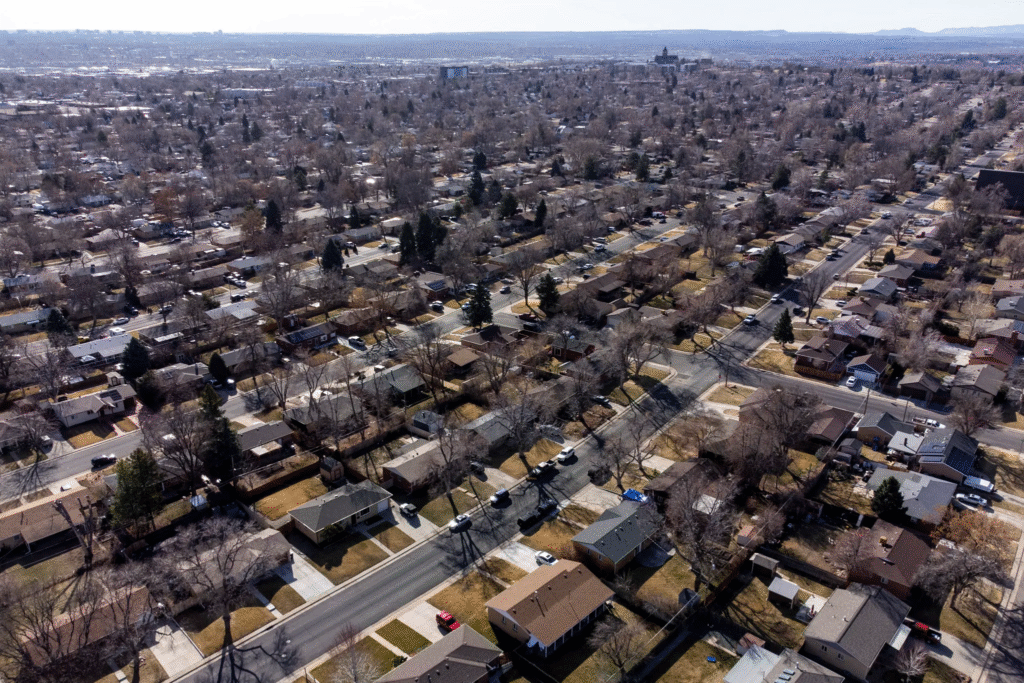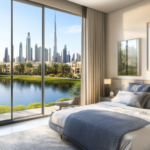Now Reading: 1950s Home’s $1.7M Price Stuns Experts and Buyers
-
01
1950s Home’s $1.7M Price Stuns Experts and Buyers
1950s Home’s $1.7M Price Stuns Experts and Buyers

Table of Contents
Why this 1950s three-bedroom home is selling for $1.7 million is a question that’s creating ripples in the real estate market—and for good reason. At first glance, the house looks like a standard mid-century structure with outdated features, modest curb appeal, and no ultra-modern upgrades. Yet, it has attracted wealthy buyers willing to pay a premium for what lies beneath the surface.
Set in a quiet suburban neighborhood with tree-lined streets and vintage charm, this home from the 1950s is not just any old property. While the exterior gives off a humble vibe, the real reasons behind its $1.7 million price tag are deeply rooted in location, zoning potential, real estate trends, and the invisible value of historical relevance.
The Story Behind the Price

The home, a classic three-bedroom, two-bath structure built in the early 1950s, is located in an upmarket suburb just minutes from a booming downtown hub. The area has seen a surge in high-end developments, trendy cafés, boutique businesses, and excellent school districts.
Buyers are no longer just looking for new construction; many are investing in mid-century properties that hold renovation potential or have redevelopment opportunities.
Why this 1950s three-bedroom home is selling for $1.7 million has a lot to do with what’s around it rather than what’s inside it.
Prime Location Equals Prime Investment
The golden rule of real estate—location, location, location—is fully in play here. This particular suburb has experienced rapid appreciation, with property values climbing 20-30% over the past five years. Investors and families alike are flocking to the area to get in before prices surge even further.
The home sits within a walkable distance from parks, transportation links, high-ranking schools, and a newly developed shopping district. All of this makes it an attractive buy for long-term investors who see value beyond the current structure.
Development Potential: A Hidden Goldmine
Another major reason why this 1950s three-bedroom home is selling for $1.7 million is because of zoning and redevelopment options.
Local regulations have recently been updated, allowing homeowners in this area to either extend their existing property or knock it down and rebuild luxury duplexes or modern villas.
Developers see the outdated 1950s design as a blank canvas. For them, paying $1.7 million upfront makes sense if the future development can yield homes worth over $4 million combined.
This zoning flexibility turns the “old house” into a strategic land investment.
Emotional and Historical Value
For some buyers, 1950s homes represent a piece of history they’re eager to preserve. The architecture style, original hardwood floors, wood-burning fireplaces, and classic moldings have a nostalgic charm that can’t be replicated with new builds.
Buyers who are passionate about restoration are willing to pay a premium for homes with character, provided they’re in a desirable location.
One potential buyer, an architect from the city, shared:
“I’m not just buying a house—I’m preserving a piece of architectural history. These homes tell stories.”
Real Estate Trends Favor Vintage Properties
In recent years, there’s been a noticeable shift toward buying older homes with character. Social media influencers and interior design trends have fueled a new wave of interest in vintage charm and retro aesthetics.
Instead of tearing down and replacing these homes, some buyers are fully restoring them and showcasing their transformation online.
This social media influence has made older homes trendier than ever, which plays a role in why this 1950s three-bedroom home is selling for $1.7 million.
Limited Inventory and Rising Demand
Housing supply is tight, especially in top-tier neighborhoods. Buyers are finding themselves in bidding wars, driving prices higher—even for homes that need serious work.
In this case, scarcity is driving value.
There are only a handful of homes in the neighborhood that go on sale each year. That limited supply creates an urgency among buyers, which increases the willingness to pay top dollar—even if the property needs a full remodel.
Experts React to the Price Tag
Real estate experts say the $1.7 million price may seem shocking, but it reflects where the market is heading.
“This price is more about land, potential, and the buyer’s vision. These types of homes are now considered valuable assets,” said realtor Jennifer Matthews.
She added that interest from both investors and homeowners is strong because of the return on investment the property can bring through redevelopment or restoration.
What’s Next for This 1950s Home?

Whether it’s fully renovated, demolished, or preserved, this house is going to undergo a major transformation.
Real estate watchers say this listing is a signal of bigger things to come. More vintage homes will likely start hitting the market with similarly high price tags, especially in areas undergoing gentrification or urban expansion.
This single sale could spark a new wave of redevelopment, preservation, and investment in post-war era homes.
Final Thoughts
So, why this 1950s three-bedroom home is selling for $1.7 million is a question that’s not as strange as it first sounds. The value is not just in the bricks and paint—it’s in the location, development potential, market demand, and emotional connection buyers feel toward vintage homes.
If you’re looking to invest in a property that’s more than just a place to live, looking at older homes like this one might just be the smartest move you make in 2025.
As the market keeps changing, one thing is clear: the past is not only beautiful—it’s valuable.
Also Read – 5 Shocking Real Estate Truths Sellers Won’t Tell You


















